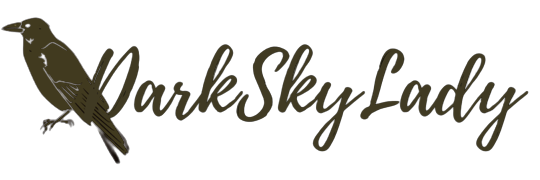Unfortunately, Joker: Folie à Deux bypasses the entertainment turnoff and heads straight for a bleak, bland, boring film with a telegraphed ending.
Joker: Folie à Deux is what happens when studios push to cash in on a standalone film that, however controversial, shone with phenomenal direction, music, and acting. The film lacks the clarity the first outing exuded. The first was a character study that condemned society and the government’s penchant for ignoring poor and disabled people. However, it was still entertaining. Unfortunately, Joker: Folie à Deux bypasses the entertainment turnoff and heads straight for a bleak, bland, boring film with a telegraphed ending. So, it never knows what it wants to be aside from a musical, and, on that score, audiences are left the poorer for it.
Written and directed by Todd Philips (War Dogs, The Hangover), the movie continues where the first left off, with Arthur Fleck, a.k.a. Joker, locked away, awaiting trial for the murders he committed. Fleck, played by Joaquin Phoenix (Joker, Beau Is Afraid), exhibits a more subdued mindset until he meets Lee Quinzel, played by Lady Gaga (A Star Is Born, House of Gucci). But still, the highlights of the trailer are the only bright moments, however brief in the entire movie’s runtime. It’s a lackluster combination of various films. It takes the essence, key points, or aesthetics while leaving what made those compelling by the curb.
Joker: Folie à Deux Has a Great Cast That Feels Stifled

Joaquin Phoenix continues portraying the Joker with a range of emotions. The pained laughter evokes sorrow and sympathy. But he’s given little material to build upon. The same goes for Lady Gaga, who feels criminally underutilized. Her character feels flat, relegated to an avid groupie, so their relationship feels as hollow as the purposeless story. As prison guard Jackie Sullivan, Brandon Gleeson’s (The Banshees of Inisherin, The Tragedy of Macbeth) acting feels like the most lively out of the characters.
As the Joker’s lawyer, Catherine Keener (Get Out, The Adam Project) is another character who feels lifeless and washed out. In fact, most of the film does. There’s a scene where he forcefully kisses her, and her only response is a “whoa there” gesture. It makes one wonder if the words “play it flat” were in every cast member’s script. Joker: Folie à Deux is like a far less impressive mashup of Chicago, Murder in the First, Shawshank Redemption, and a terrible musical episode from a television series where, instead of creating original songs, they take beloved classics and destroy them.
Is This Hell a Musical Hell?
I hate most musicals because they have slow songs and love songs. Joker: Folie à Deux slows down almost every damn song, including ones originally faster. Neither Harley nor the Joker characters are belting out these songs in a way that reaches the audience. This makes it a more interminable experience for someone with my tastes to sit through. The singing sometimes starts promising but then morphs into literal cringe. You know when a dog whine or howl hits a particular note that causes a grimace or slight flinch from folks who hear it? Or nails on a chalkboard? Teeth on the tines of a fork? That’s it. So, you may flinch a few times in this movie.

The musical introductions feel jarring alongside the imagined visuals. Rather than peeling the curtain back into the Joker’s mind or Lee’s, the musical sections feel like someone’s fantasy of their mind. That’s the crux of the problem with Joker: Folie à Deux—it lacks authenticity. Too much feels forced and strained, like a poor, stiltedly delivered joke that leaves a sense of boredom and a barely restrained glance for the nearest exit.
Little Critique and More Exploitation
Intentional or not, Joker delved into what society and government create when they allow poverty and mental health struggles to build without assistance. Inevitably, their failure creates the villain, then punishes the villain for not “rising above” in traditional, ludicrous bootstrap logic. That abandonment, with several emotional and financial blows, leads Arthur to Joker. But Joker: Folie à Deux feels like nothing was left to say, just runtime to pad. Seeing them introduce a split-personality argument to explain Joker’s actions felt pointless to the plot and jammed in to fill time.
A bleak film can still deliver a compelling and entertaining story—see A Tale of Two Sisters. In Joker: Folie à Deux, the death knell comes long before its dismal ending, making it both unearned and anticlimactic. So much of the film lacks the charisma that the first film, for all its flaws, possessed. Joaquin Phoenix’s performance is still magnificent. But with little wiggle room to shine for any of the main cast, the Joker: Folie à Deux is the final nail in the coffin of a sequel that should not exist.



